MAPEAMENTO DO FLUXO DE TERAPIA PARA NEUROBLASTOMA EM UM CENTRO DE ONCOLOGIA PEDIÁTRICA EM CURITIBA
INTRODUCTION: Neuroblastoma is the most common extracranial solid tumor in childhood and represents one of the leading causes of pediatric cancer mortality. Due to its high clinical and biological heterogeneity, tumor management is considered a challenge in pediatric oncology. The disease can range from less aggressive forms, with spontaneous regression, to extremely aggressive and metastatic forms. Risk stratification, based on clinical, molecular, and histopathological criteria, has become important in guiding therapeutic conduct and personalizing treatments according to each patient’s diagnosis. AIMS: To analyze the evolution of the therapies applied, correlating data from the scientific literature with clinical reports of patients treated at a pediatric hospital in Curitiba. MATERIALS AND METHODS: A literature review was conducted, selecting 100 scientific articles, along with an analysis of 25 informative websites about the disease. At the same time, 130 clinical reports of patients diagnosed between 2001 and 2016 were evaluated, gathering information on the risk group, therapeutic strategy, and clinical outcome. RESULTS: The results showed significant progress in therapeutic approaches to neuroblastoma, with emphasis on the incorporation of genetic and immunological criteria in risk stratification and the progressive adoption of multimodal therapies. The analysis of 130 medical records of patients treated between 2001 and 2016 at a reference center in Curitiba showed a predominance of high-risk cases and widespread use of chemotherapy and surgery as initial treatments. More complex strategies, such as immunotherapy and MIBG, were restricted to high-risk patients. Comparing the periods 2001–2010 and 2011–2016, there was an increase in the use of the Cyclo + Topotecan and NB80 protocols, with a reduction in more toxic regimens such as Cyclo + Doxo. These findings suggest a transition to more personalized and tolerable therapies, although mortality remains high in high-risk cases. FINAL CONSIDERATIONS: The study achieved its objective by mapping the evolution of therapeutic strategies for neuroblastoma and correlating them with clinical data from patients treated at a pediatric hospital. The analysis revealed changes in protocols over the years and confirmed the relationship between risk stratification, therapeutic intensity, and clinical outcomes.
KEYWORDS: Neuroblastoma; Risk classification; Treatment evolution.
Para validarmos seu voto, por favor, preencha os campos abaixo. Alertamos que votos duplicados ou com CPF inválido não serão considerados.




